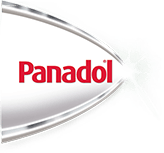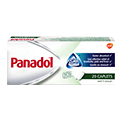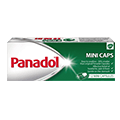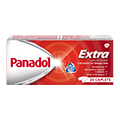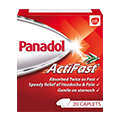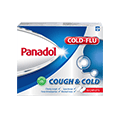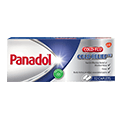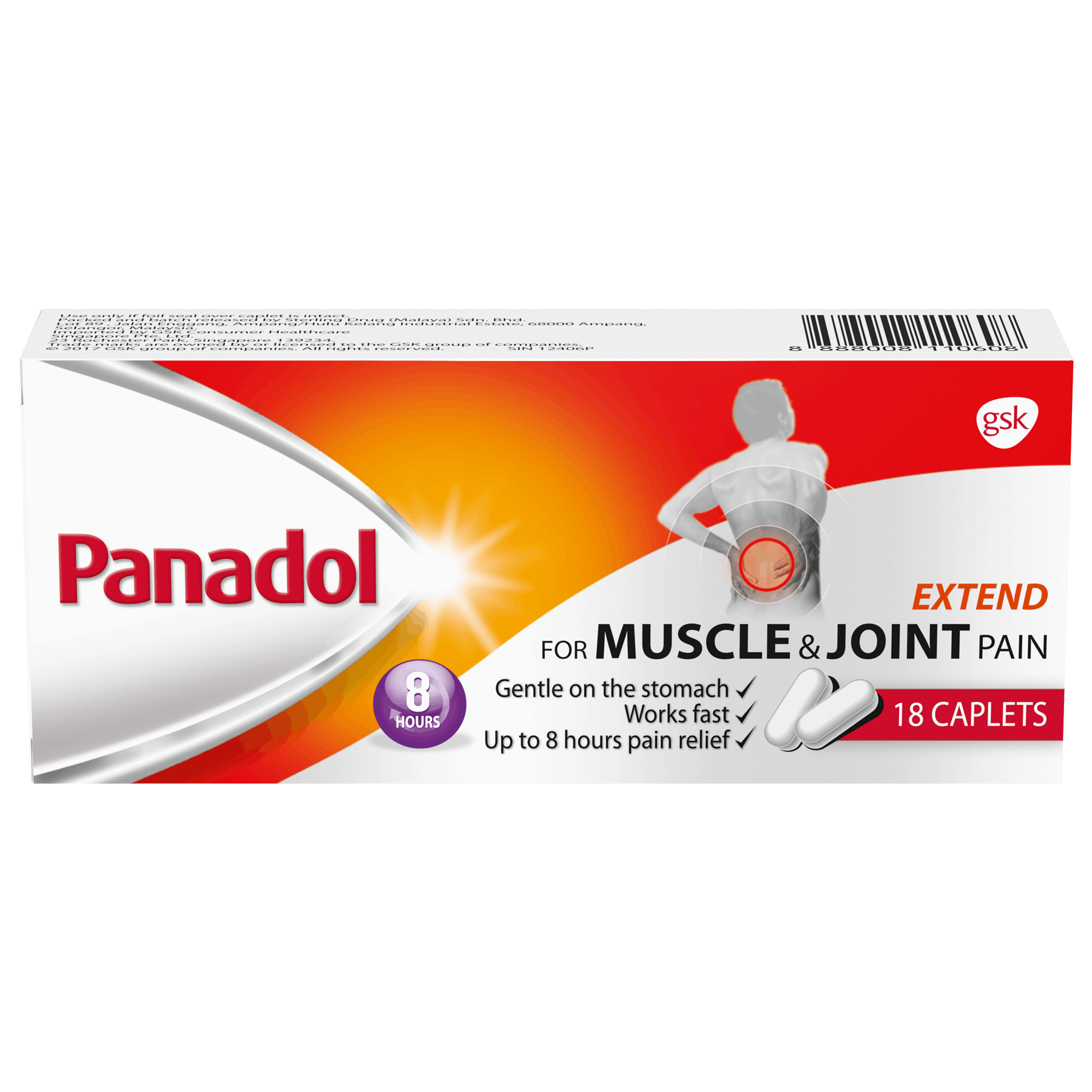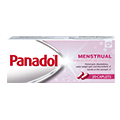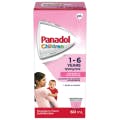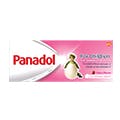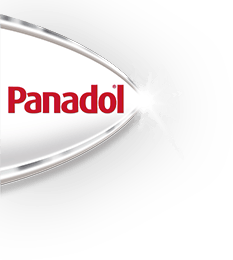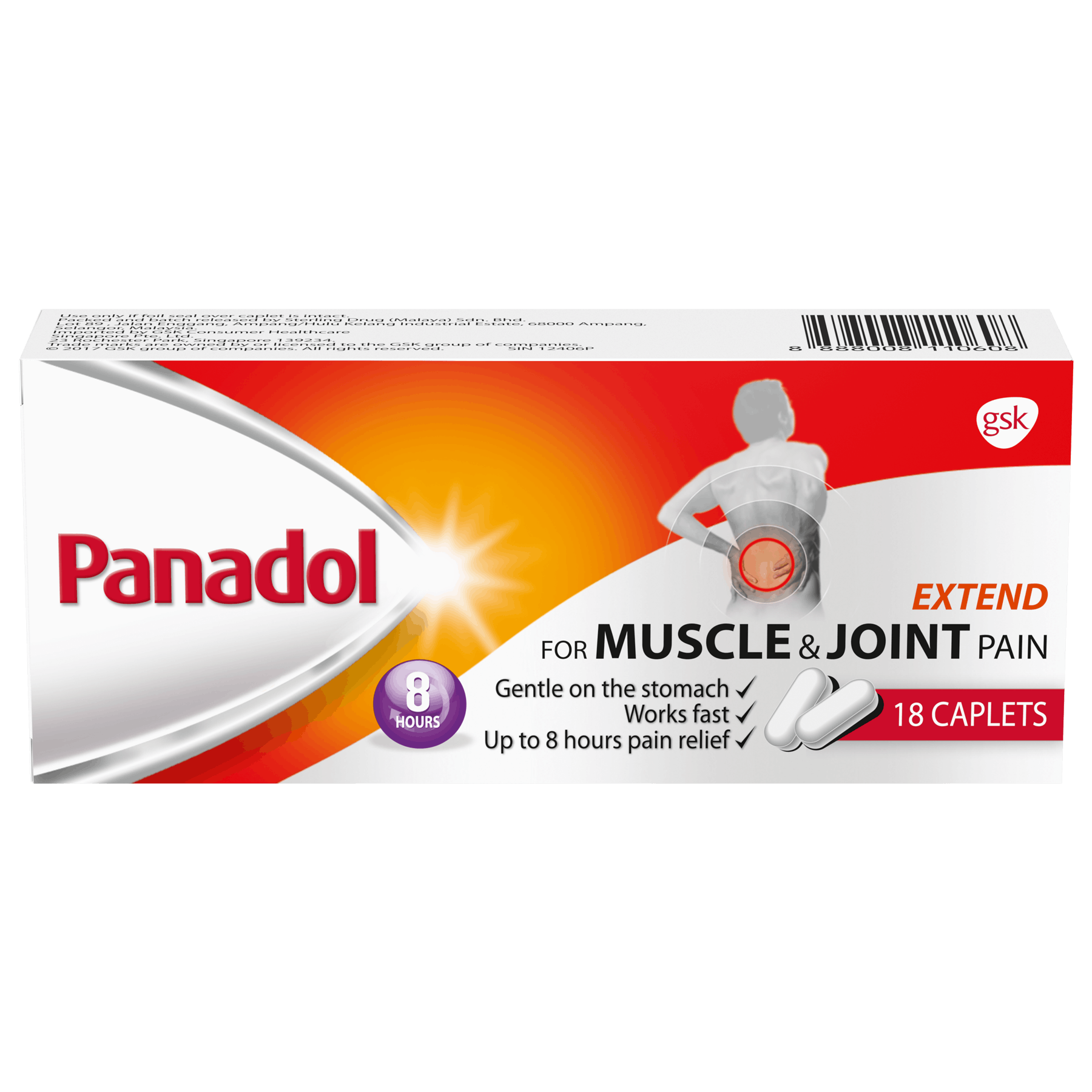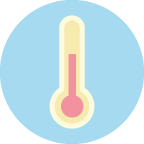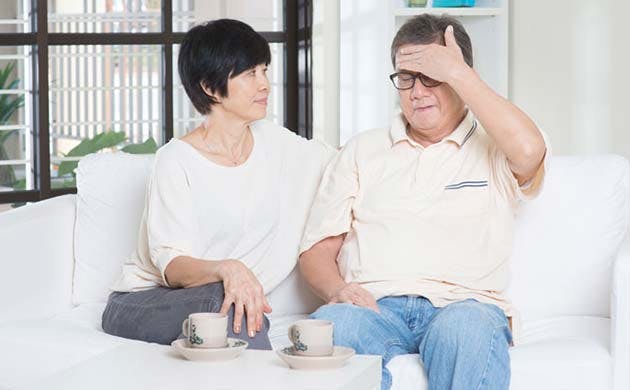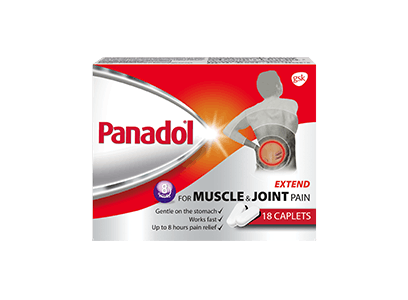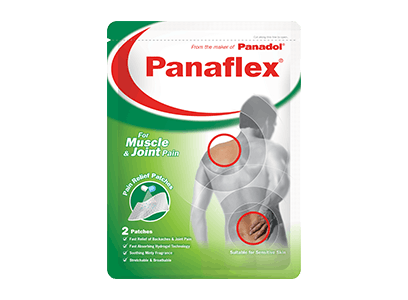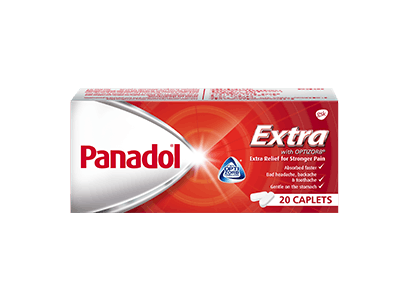

Panadol Children's Suspension 1-6 Years

Panadol Chewable Tablets

Panadol Children’s Suspension 1-12 Years

Panadol with Optizorb

Panadol Mini Caps

Panadol Soluble

Panadol Extra with Optizorb

Panadol ActiFast

Panadol Cold & Flu Hot Remedy

Panadol Cough & Cold

Panadol SinusMAX

Panadol Cold Relief PE

Panadol Extend

Panaflex Patch

Panadol Menstrual

Panadol Cold Relief PSE
Compare Now (0/5)
- Product
- Format
- Age
- Key Features
- Ingredients

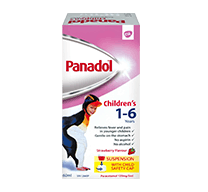
Panadol Children's Suspension 1-6 Years
- Suspension
- 1-6 Yrs
- Gentle on the Stomach
- Active Ingredient: 120 mg/5 ml Paracetamol
- No Alcohol.
- No Aspriin.

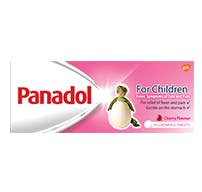
Panadol Chewable Tablets
- Chewable Tablets
- 2-12Yrs
- Gentle on the Stomach
- Active Ingredient: 120 mg Paracetamol

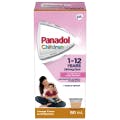
Panadol Children’s Suspension 1-12 Years
- Suspension
- 6 -12 Yrs
- Gentle on the Stomach
- Active Ingredient: 250 mg/5ml Paracetamol

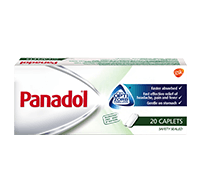
Panadol with Optizorb
- Caplets
- 12+ Yrs
- Quicker Absorption
- Active ingredient: 500mg Paracetamol

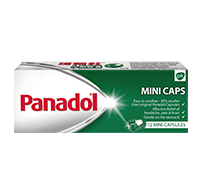
Panadol Mini Caps
- Caplets
- 12+ Yrs
- Easier to Swallow
- Active ingredient: 500mg Paracetamol
- No gluten, lactose or sugar

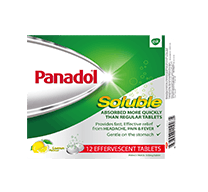
Panadol Soluble
- Effervescent Tablets
- 12+ Yrs
- Quicker Absorption
- Active ingredient: 500mg Paracetamol


Panadol Extra With Optizorb
- Caplets
- 12+ Yrs
- Fights Tough Pain
- Active ingredient: 500mg Paracetamol, 65mg Caffeine


Panadol ActiFast
- Caplets
- 12+ Yrs
- Absorbed 2x Faster
- Active ingredient: 500mg of Paracetamol.

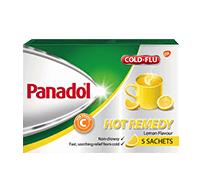
Panadol Cold & Flu Hot Remedy
- Powder Sachet
- 12+ Yrs
- Hot Drink
- Active ingredient: 750mg Paracetamol, 10mg Phenylephrine HCI, 60mg Vitamin C

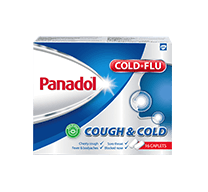
Panadol Cough & Cold
- Caplets
- 12+ Yrs
- Multi-Symptomatic Relief
- Active ingredient: 250mg Paracetamol, 5mg Phenylephrine HCI, 100mg Guaiphenesin

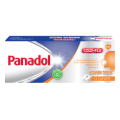
Panadol SinusMAX
- Caplets
- 12+ Yrs
- Sinus Pain
- Active ingredient: 500mg Paracetamol, 5mg Phenylephrine HCI

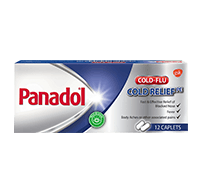
Panadol Cold Relief PE
- Caplets
- 12+ Yrs
- Relief of Cold & Flu Symptoms
- Active ingredient: 500mg Paracetamol, 5mg Phenylephrine HCI


Panadol Extend
- Caplets
- 12+ Yrs
- Long-Lasting Relief
- Active ingredient: 665mg Paracetamol


Panaflex Patch
- Patch
- 12+ Yrs
- Back Pain Remedy
- Active ingredient: 1.5% w/w Glycol Salicylate, 1.0% w/w L-Menthol, 0.5% w/w DL-Camphor, 0.3% w/w DL-α- Tocopherol Acetate (Vitamin E)

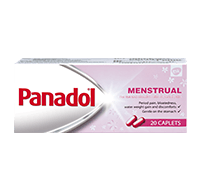
Panadol Menstrual
- Caplets
- 12+ Yrs
- Relief Period Pain
- Active ingredient: 500mg Paracetamol, 25mg Pamabrom


Panadol Cold Relief PSE
- Caplets
- 12+ Yrs
- Relief of Blocked and/or Runny Nose and Other Cold Symptoms
- Active ingredient: Paracetamol 500mg, Pseudoephedrine hydrochloride 30mg
Minimise

Muscle and Joint Pain
Muscle pain can commonly be felt in the upper back, lower back, neck and shoulders. Joint pain can affect one joint or more, and can be caused by arthritis, injury, overuse, bursitis (an inflammation or irritation of the bursa, a fluid-filled sac that acts like a grease to reduce friction) and other conditions. The knees, hips, spine and hands can also be affected by osteoarthritis.
MANAGING DIFFERENT TYPES OF BACK PAIN
Four out of five people will suffer from back pain at some point in their lives.59 There are countless causes of back pain, from regularly lifting children up to spending prolonged periods of time hunched over a laptop. When back pain occurs, the pain can be debilitating and cause real disruption to daily life.60
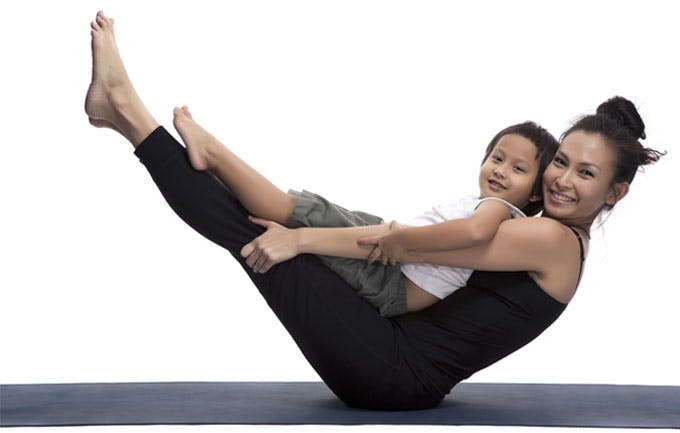
Upper back pain versus lower back pain
Back pain may occur in the upper back (the thoracic back – the part of the back where the ribs attach) or the lower back.61
Upper back pain can be felt in the top half of the back and in the shoulders. You may also experience neck pain. It can be caused by:62,63
- damage to ligaments and tendons that have been overstretched. For example, during a vehicle accident or during a workout
- stress and emotional tension that make muscles tighten and contract
- poor posture that places additional stress on the spine and overloads the surrounding muscles and ligaments.
To relieve pain in the upper back, consider taking over-the-counter painkillers, such as paracetamol. You could also take an oral non-steroidal anti-inflammatory drug (NSAID) or apply a topical NSAID.62,63
In contrast, lower back pain is felt at the base of the back. Lower back pain may be triggered by:61
- lifting something too heavy
- overstretching the lower back muscles
- direct injury or trauma.
These can cause a sprain or strain in the lower back, leading to pain and sometimes muscle spasms. Excessive weight, poor posture and stress may also contribute to pain in the lower back.61 For lower back pain relief, try using over-the-counter painkillers or applying hot compression packs.59

Acute versus chronic back pain
Regardless of their location, back aches can be classified further as either acute or chronic, based on how long the pain lasts.59,61
Acute back pain is short-term, typically lasting from a few days to a few weeks. Symptoms range from shooting or stabbing pain to mild muscle aches, limited flexibility and range of motion, as well as inability to stand up straight.61
If the pain lasts for three months or more, it is considered chronic. The condition is often progressive, meaning it gets worse over time. The cause of chronic back pain can be hard to determine and usually requires treatment by a doctor or a pain specialist.61
